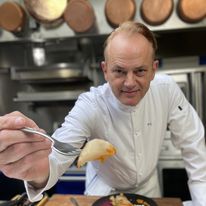Every wonder why it’s SO hard to duplicate the amazing food that’s served at the best restaurants in town?
What is it, that sets THEIR food apart, from the food that you make in your home kitchen?
Admittedly, there are some dishes, some recipes, that are pretty straight forward, and depending on your culinary prowess, you can indeed make some excellent, restaurant worthy cuisine, right in your own kitchen.
What we’re going to cover here, are a dozen things that Chefs do, to make their dishes. the best.
12 ways that you too, can make your meals at home even better. Some are seemingly common sense, others, require some effort, and some… well, a dime or two.
Intensify & Build Flavors
Flavor is a precious thing. In fact, it’s gold. And just as you wouldn’t throw away gold, or flush it down the drain, flavor is one of the commodities that can’t be wasted.
A simple example of how Chef’s intensify and build flavors is extracting and reducing them into a concentrate. Simmering a stock to a glace is one example. Another would be to buy shrimp, shell-on, then peel and devein the shrimp, take save the shells to make a stock, which is then reduced to a concentrate, then, to poach the raw shrimp in that reduced shrimp concentrate to then use the cooked shrimp in a dish or the famous chilled Shrimp Cocktail.
Poaching the shrimp in a flavorful shrimp stock, rather than just water, is one way to intensify and build more flavor in the shrimp.
Don’t Waste Flavor
Parlaying on the previous point, Chefs don’t like to waste flavor. Adding vegetable trimmings to an ongoing simmering stock is an example. Another is saving the bones and carcass from a roasted chicken to make a stock to begin with. And when that stock has sufficiently cooked and strained into another pot, they wash the bones and cooked vegetables with a bit more with some fresh water, stir it to dissolve any favor and stock left behind, then straining that “wash” into the first strained amount.
The Chef’s call it a remouillage or “second stock”. This second stock prevents you from wasting that last bit of flavor. Other opportunities include sun-drying fruits, pickling and preserving vegetables that otherwise might be lost, or deglazing a roasting pan and adding that flavor to make a soup, sauce or stock.
Buy Higher Quality
This may sound like a no-brainer but it’s “higher quality” and possibly more expensive, for a reason.
Higher quality is one of the premier reasons food just tastes SO much better at the best restaurants.
In most cases, it’s not even a matter of better looks, texture or aroma. High quality quite often tastes SO much better. An example of this is the fish, cod.
If you like cod, and have never tasted fresh cod, vs previously frozen cod, which has been thawed, you’re in for a treat.
Part of the reason for this is kinda sciency… but the short of it, is that water, (in cells) expands as it freezes and, as a result, bursts open some of the cell walls.
When that product is thawed, the some of those flavorful juices drain out of those cells, and are lost. As a result, the flesh texture is different, and some of that amazing fresh fish flavor is lost.
And you know about how Chefs feel about lost flavor.
Blend Flavors Together Better
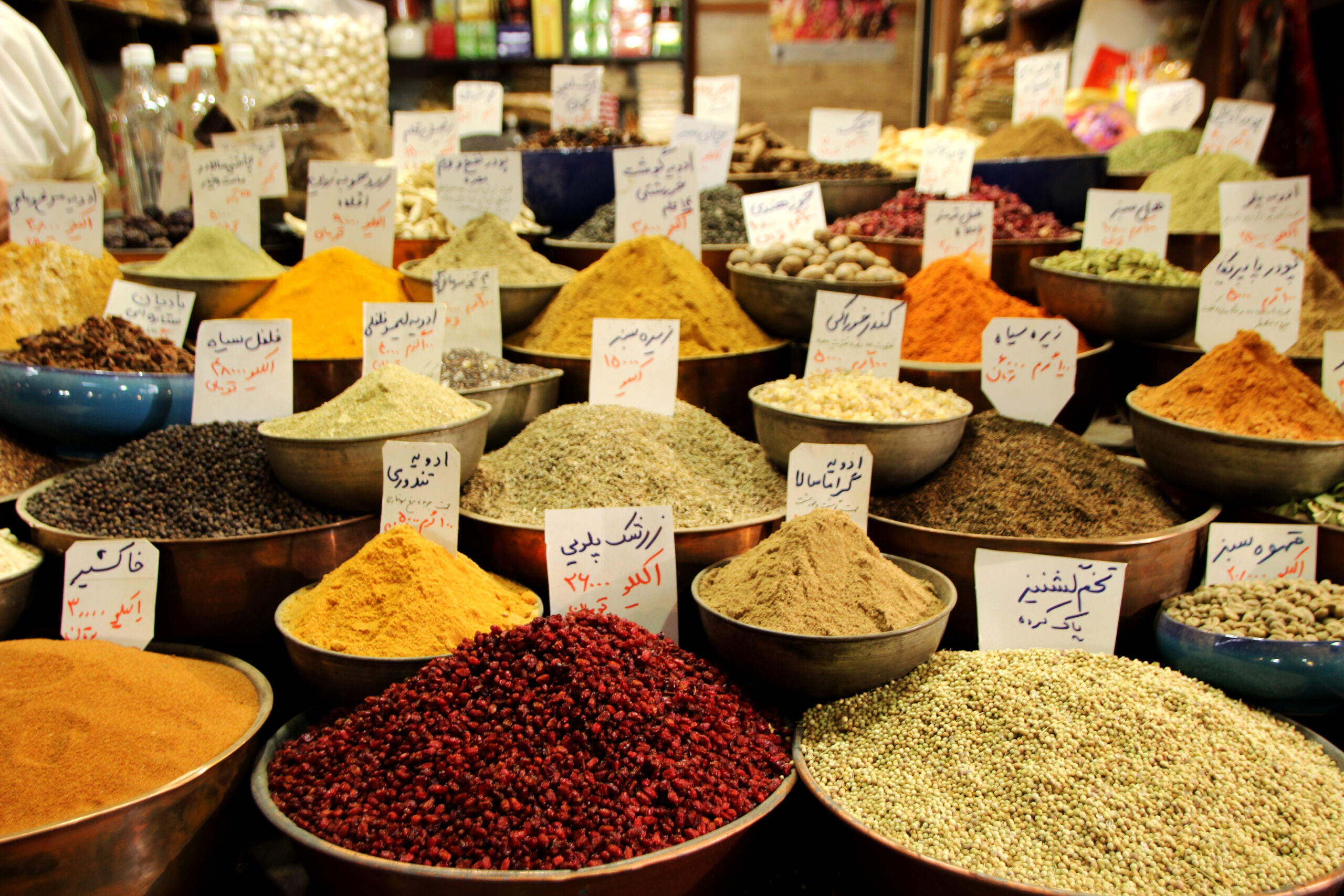
This one could be an entire Blog in itself but the short of it is that some flavors meld and complement each other better that others.
Even Chefs can overthink some recipes they are creating and combine ingredients together that just aren’t that compatible.
Lavender in tea? OK. In ice cream or a vanilla custard? Sure?
On a Muscovy Duck Breast??? No so much.
Balancing sweet, savory, salty, sour, floral, and all the other umami inducing ingredients can be a bit tricky. And certain herbs, such as rosemary, tarragon and cilantro, which have a distinctive flavor, have to be used with discretion.
Smoke, which is also flavor can also be overdone if not carefully used.
Present Better
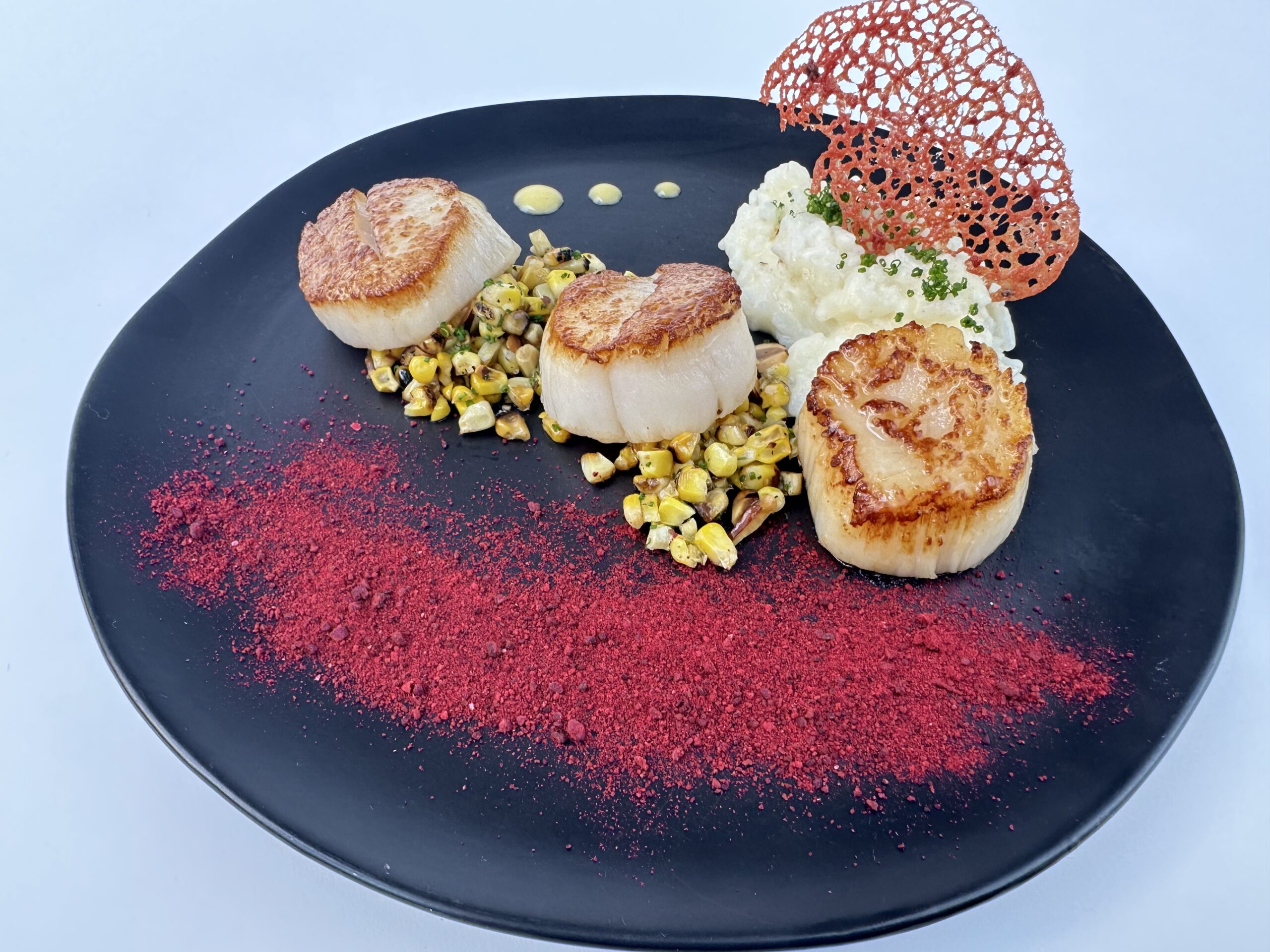
You’ve probably heard the expression, “people eat with their eyes”.
Attractive plate presentations range from very simple “Bistro” plating of components simply arranged, to very ornate, visual masterpieces.
Pastries are a playground for artistic expression and some of the best Pastry Chefs are true artists in every sense of the word.
Savory foods, especially hot foods, have a limited “plate life”, meaning that it the more complicated the plate up is, the more likely that the food can become cold, develop a skin, bleed, dry, or otherwise deteriorate in numerous other ways.
The best Chefs find JUST the right balance, so as to not to compromise the quality of their food with elaborate plate ups.
Sometimes, Chefs will even manufacture molds, funnels frames, and other devices to achieve a beautiful plate to achieve dramatic compositions without losing any quality.
Use Seasonal and Local Ingredients When Available
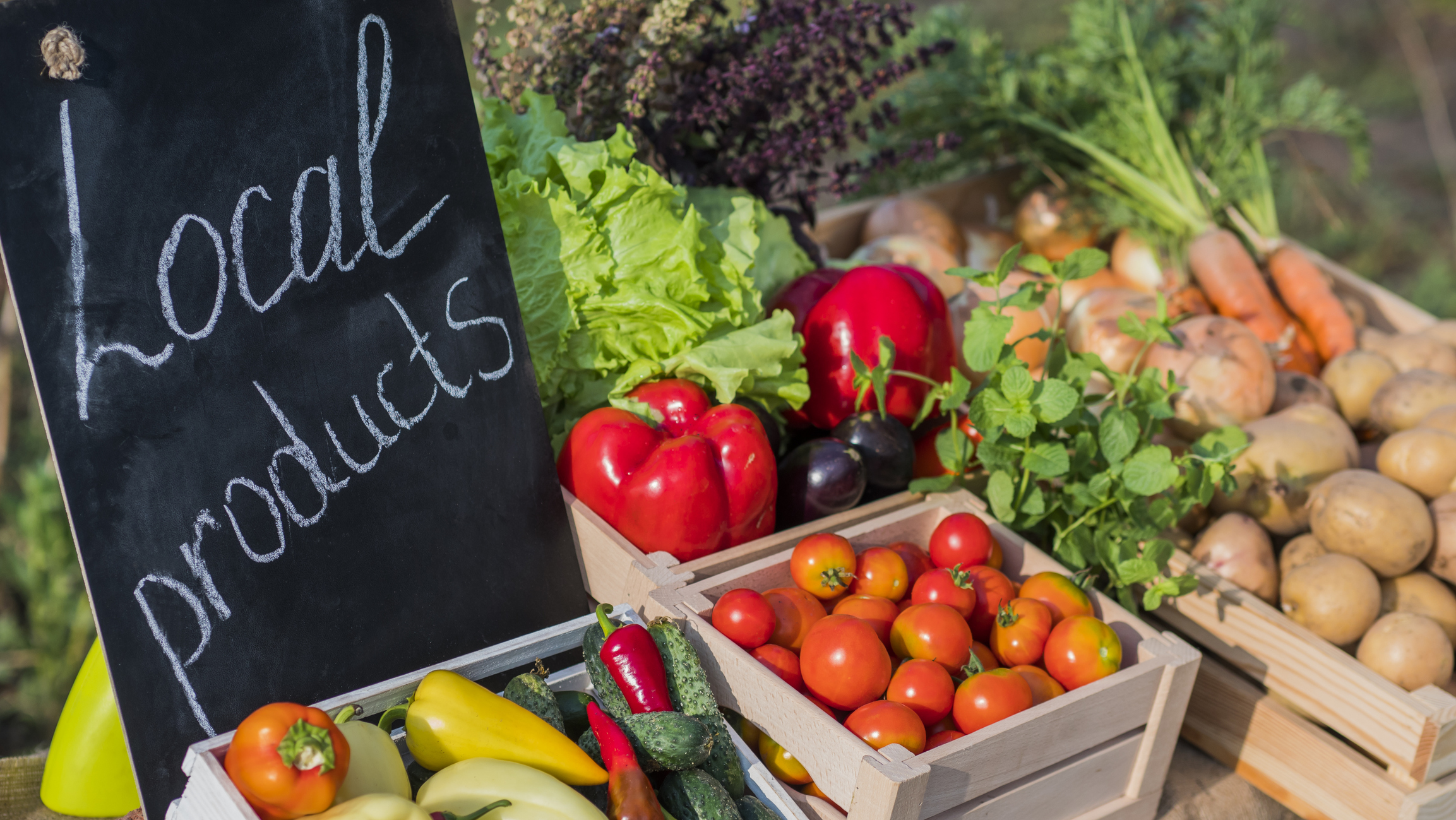
Studies have been done which indicates that people’s health is improved when they eat foods/ingredients that are locally grown or produced and Chefs take advantage of this whenever possible. Even to the extent of partnership with local farmers and ranches to produce products that they feature on their menus,
Local means seasonal AND fresh at the same time, and that means products which have lost little in the way of vitamins, nutrients and ESPECIALLY flavor.
https://www.healthline.com/nutrition/why-eat-local-food
https://extension.unh.edu/blog/2022/05/health-benefits-eating-locally
In Michigan, if you’ve ever bought sweet corn on the cob in the winter months (usually from Florida, Georgia or South Carolina), and compared it to Michigan’s own locally grown sweet corn harvested in August, you’ll know EXACTLY what we’re talking about.
And the list goes on and on.
Don’t Overpower Delicate Flavors
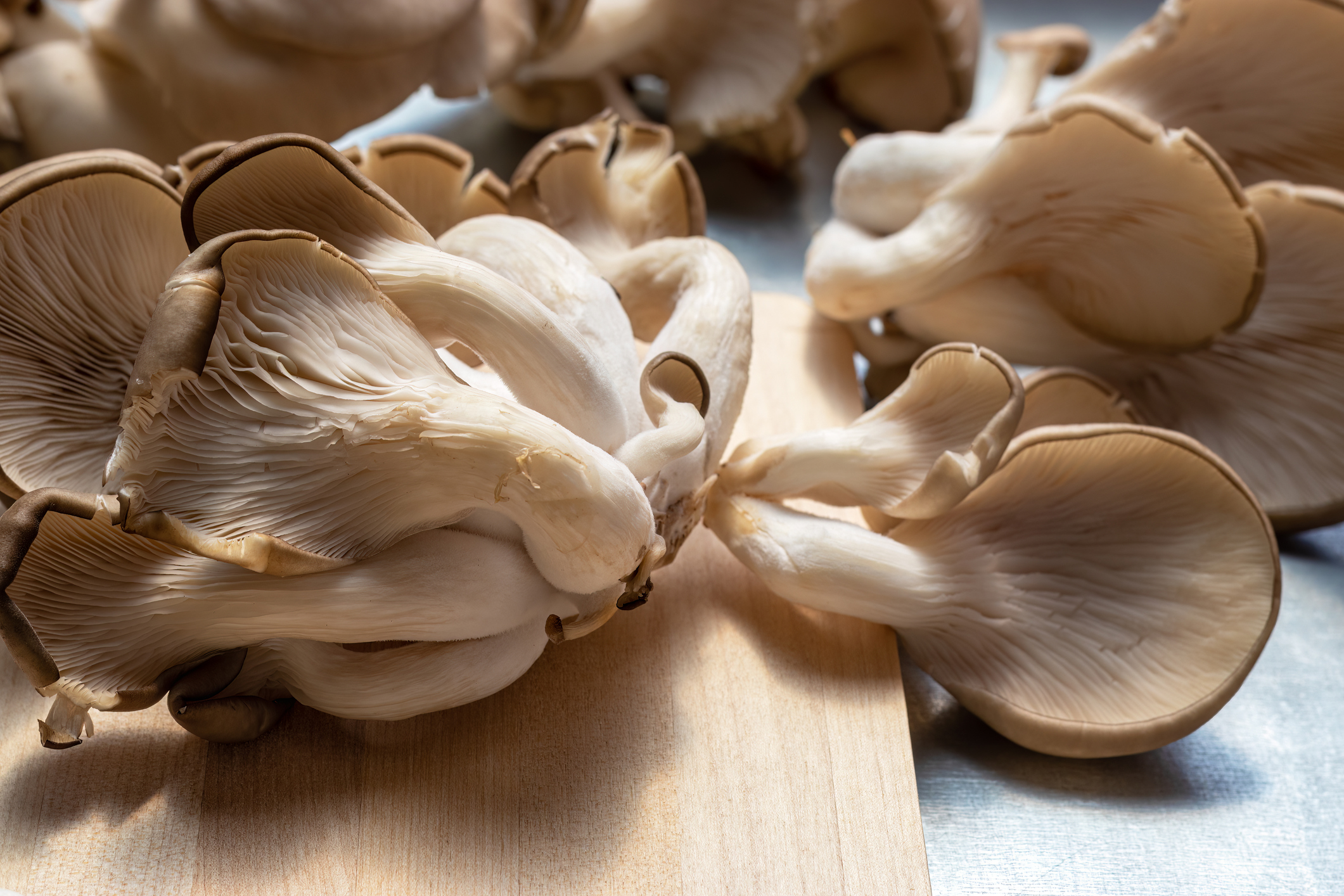
Some ingredients have flavors that are so delicate, so subtle, that combining them with overpowering sauces or ingredients, never give them a chance to shine.
There are examples from meats and seafood to vegetables, fruits and so many other amazing ingredients that the list is rather long but safe to say, the BEST Chef’s know enough not to overpower a delicately flavored ingredients with in-your-face spices, too much spicy heat, salty sauces or mask its flavor with smoke or otherwise kill it with any number of other flamboyant ingredients.
An example of this would be mushrooms, in particular, oyster mushrooms, which have a very mild and delicate flavor.
Dousing them with a salty soy sauce would be a mistake. A simple sauté with butter and perhaps a bit of fresh chopped garlic, scallions and shallots would be a better option.
Shiitake mushrooms however, are a different story. In fact, they’re often the mushroom of choice in lettuce wraps, which DOES have soy or teriyaki.
Another example would be a pairing of a heavy, sweet salad dressing over delicate greens or wispy sprouts such as alfalfa or mung bean sprouts. Imagine Thousand Island.
The dressing parings over these delicate greens are generally light vinaigrettes.
Try New Things
The better Chefs have a LOT of experience in combining ingredients to create very successful dishes.
When you have in intimate knowledge of every component being considered and an arsenal of well-honed techniques at your disposal, the chances of creating a successful dish are pretty darn good right out of the box.
As such, just a great artists can draw a picture or paint a painting from memory, a Chef can imagine a dish, decide on its ingredients, close his or her eyes and stir them up in their head, and then drop them down onto their imaginary tongue to know what they would taste like, even before they pick up a knife.
You can only do that when you have put a lot of time into you craft.
Having said that, the germ of that culinary talent is in nearly everyone. It’s as simple as imagining how sweet your cup of tea would taste with 1 tablespoon of sugar added to it.
Know When to Keep it Simple and When to You Can Make It More Complex
This could be a master level class.

Sometimes, less is more. So much so, that Chefs can sometimes be tempted so show of their creativity, rather than letting the ingredients do the talking.
There are spice blends and even sauces which require the combination of dozens of ingredients to make perfect, and other times, just one.
Or even none.
It’s definitely a balancing act and these are decisions that the best Chefs are pretty good at.
Sometimes, like a simple black dress with a string of white pearls, beautify can be in its simplicity.
Use the Best Techniques & Equipment, i.e., Sous Vide / Pacojet etc.


Get ready to open your check book because this Chefs secret is more costly than a just a sharp knife and a vegetable peeler.
Sometimes, you just have to give in to the machinery and advanced processing that just can’t be duplicated with sheer manual labor or traditional cooking techniques.
Among these many innovations, there are two that we’ll mention here.
Sous Vide, (meaning under vacuum in French), is a rather new cooking technique which requires vacuum sealing a pieces of meat (or other products), in a food safe plastic bag, then immersing it in a hot water bath for a prolonged and specific length of time to seal in its juices and gently cook it to a specific doneness from edge to edge.
The water temperature in the Sous Vide technique is generally MUCH less than simmering, sometimes as low as 125 F to 140F, and the length of time in many, many hours.
The result is often buttery softness and amazing texture and flavor that can’t be achieved with traditional cooking methods.
And often, these Sous Vide products are THEN, finished with a more traditional cooking method such as a hot sear or on the grill.
The Pacojet is another rather new innovation which is used to create an AMAZINGLY smooth and creamy chilled/frozen component for use as an ice cream, sorbet or even a savory product such as a frozen guacamole cream.
The recipe is placed in a metal cylinder, which is frozen, then placed in the Pacojet machine.
Multiple, spinning, razor sharp blades ever so slightly shave this frozen mixture while emulsifying it in a smooth, creamy, frozen concoction beyond ANYTHING a tradition ice cream machine could make. Depending on their size and model, these small machines can cost $10,000 or more, but the results are undeniably better.
Know Temperatures & Doneness


Even the best ingredients, the best seasoning and the best recipes can be ruined by under, or especially OVER cooking the dish, as can be said by anyone who has even sent back an undercooked steak to a restaurant kitchen.
However, you find that to be less the case in restaurants that specialize in a cuisine. Like Steakhouses for example.
Why? Because the do it…A LOT!
The steaks are cut to a specific size and thickness, held a specific temperature and the grill, broiler or range tops are always the same, predictable temperature as well.
Add to that, knowing some basics in timing, the softness and or firmness of a meat as it relates to its current doneness, all are elements of knowing the doneness of most meats.
Seafood, fish, vegetables and other ingredients ALL have their own, unique tell-tale signs of doneness, all are part of the Chefs repertoire of doneness expertise.
For those who cook at home, one of the better ways to gauge doneness ,is an Insta-read Thermometer.
Know Timing

There two kinds of “timing” that a talented Chef uses to create great food.
The first is the timing of how long it takes something to cook, chill, freeze, whip or otherwise complete its task.
That task is executed by more than a watch or clock but also by their awareness of color changes, texture, smell and even the sound that products or procedures emit during the time you are expecting them to be completed.
All of these senses are vital to a Chef and recognizing their individual “cues” all aid in determining when any particular step is finished.
The second, and equally important timing is the timing necessary to properly cook and then, have ready, each component of a dish exactly when they are needed to be plated up together on one plate.
Even more complicated, when a table of 4 has chosen 4 different entrees, each of which as multiple different components on them.
Having as many as 20 or more elements started, finished and ready for plate up at the same time is an art, and requires a great deal of communication and talent.
The closest thing that most non-Chef’s come to this experience is Thanksgiving dinner, which, by most all accounts, is considered the most stressful meal most people encounter in their lives.
And try as they might, even with the help of family and friends, the cranberry sauce is forgotten and the waft of dinner rolls burning in the oven, becomes faintly noticeable as the turkey is being carved.
So, these are just 12 of the many things that great Chefs do to make their food worth your time, your money and your appetite.
You’ll often see Chef Paul take a moment to stop by the tables of his guests, to be sure everything is up to his standards and that they are enjoying their experience at Cuisine Restaurant.
That itself, is only possible when one other important thing is accomplished.
Teaching these same 12, important attributes to his Sous Chef and cooks in order to bring their own level of expertise and experience to the level of the best Chefs.
It’s a lifelong endeavor.
One that it’s both demanding and rewarding.
To hear a little clip that the World-Famous Chef Jacques Pepin offers up, on the challenge of having both a great palate AND great technique, watch his Facebook response HERE.



